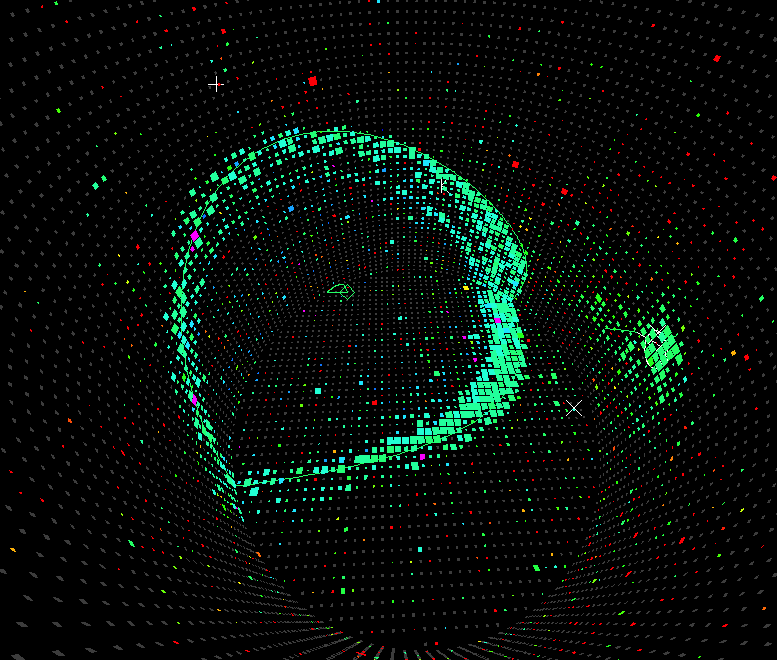Physical implications of neutrino mixing angles and CP-violating phase.
The origin of the asymmetry between matter and antimatter in the universe remains a great mystery. In 1998, neutrino oscillations, neutrino flavor changes over the journey from the sun to the earth's surface, were observed in atmospheric neutrinos, shattering assumptions that neutrinos were massless and indicating a possible violation of change and parity symmetry (CP-symmetry) in the neutrino sector. If neutrinos violate CP-symmetry, leptogenesis is possible, hypothetically generating leptons in greater quantities than antileptons, potentially explaining the asymmetry between matter and antimatter, which makes existence possible.
By deriving the neutrino mixing matrix and expanding it in terms of small deviations about the Tri-bimaximal mixing pattern to the third order, it has been shown that slight variations in these parameters can significantly affect flavor transition probabilities and the possibility of leptogenesis. I examined the dependence of each transition probability on each mixing angle, Dirac CP-violating phase, and mass ordering, identifying the electron to muon and tau to electron flavor channels as the most sensitive to such variations. I also calculated leptogenesis in terms of the Dirac CP-violating phase for a model derived from the double tetrahedral T' group theory, finding it to be nonzero with flavor effects included. These results may guide future experiments and model building in hopes of observing CP-violation and explaining the observed matter-antimatter asymmetry.
Written under the mentorship of Dr. Mu-Chun Chen at UC Irvine, the following paper outlines my research, primarily conducted in Mathematica, as well as C++.



